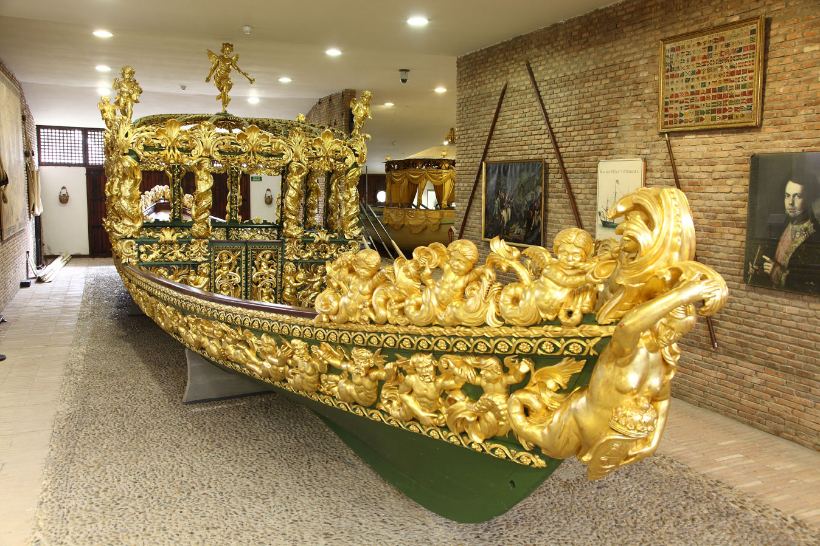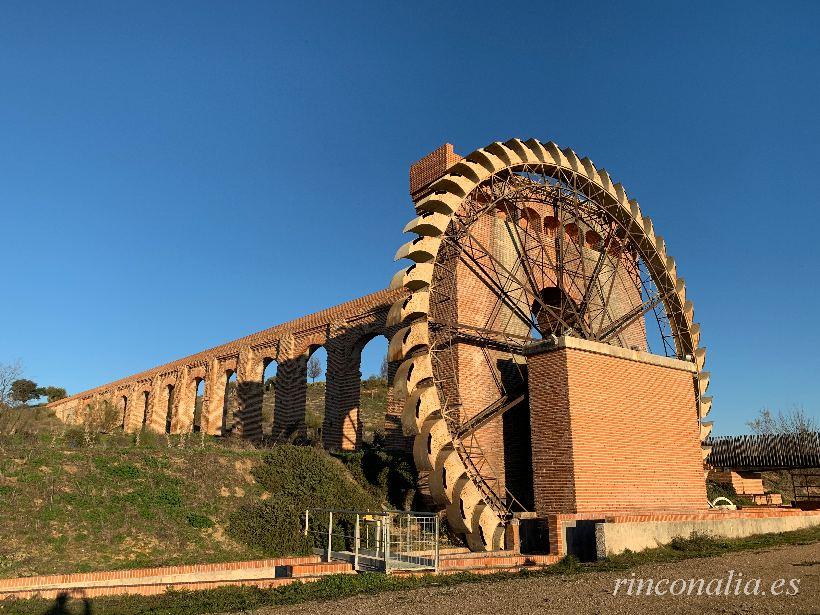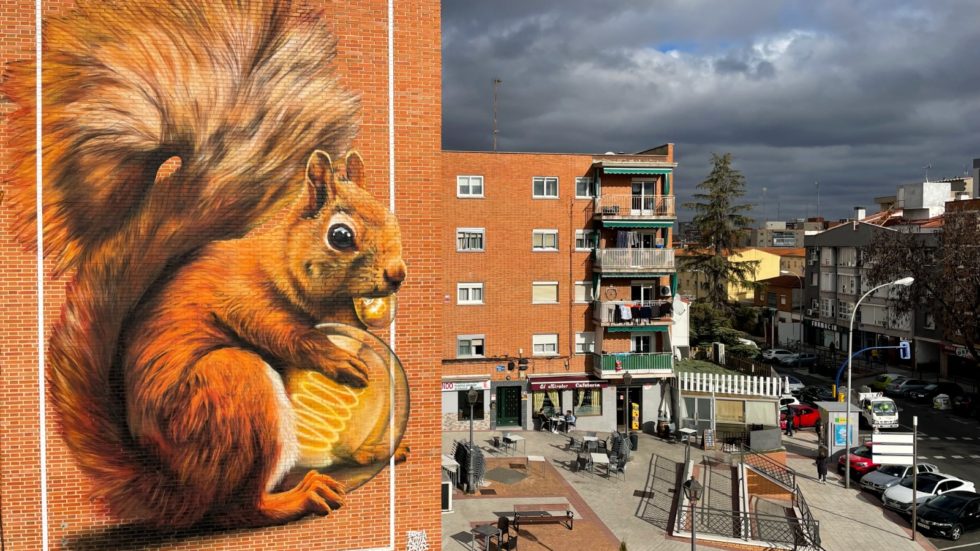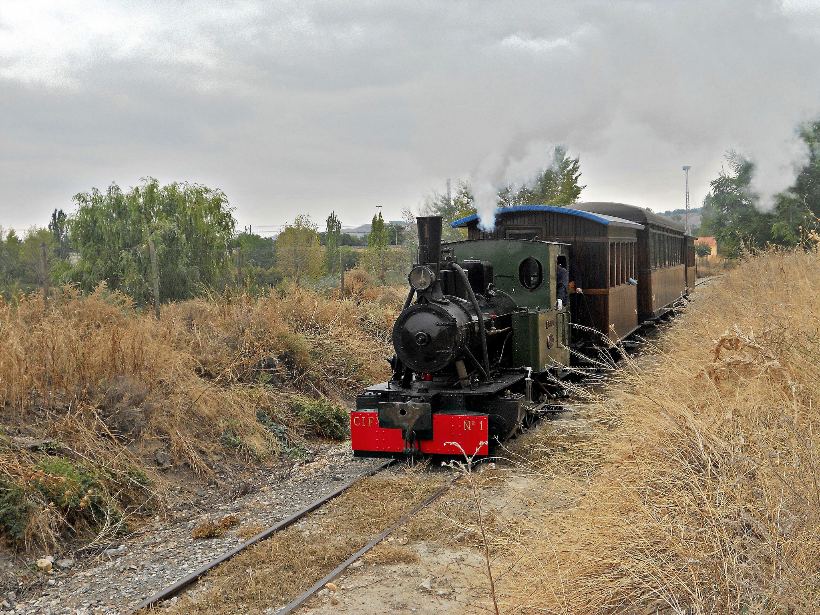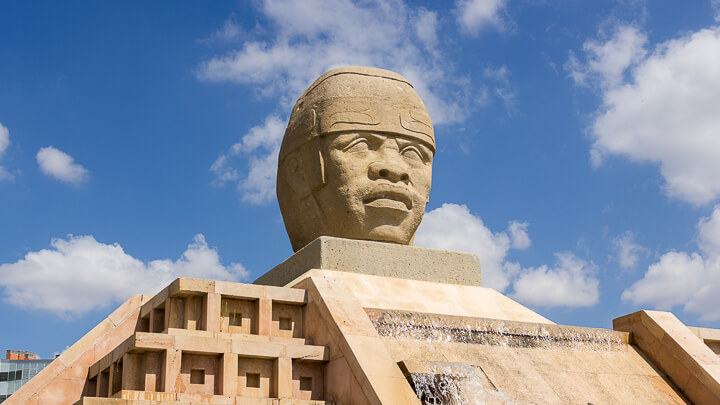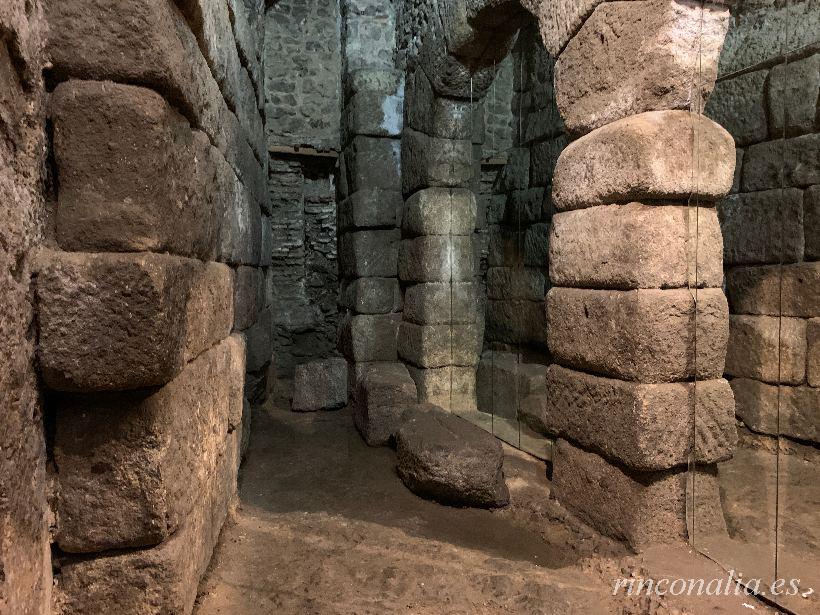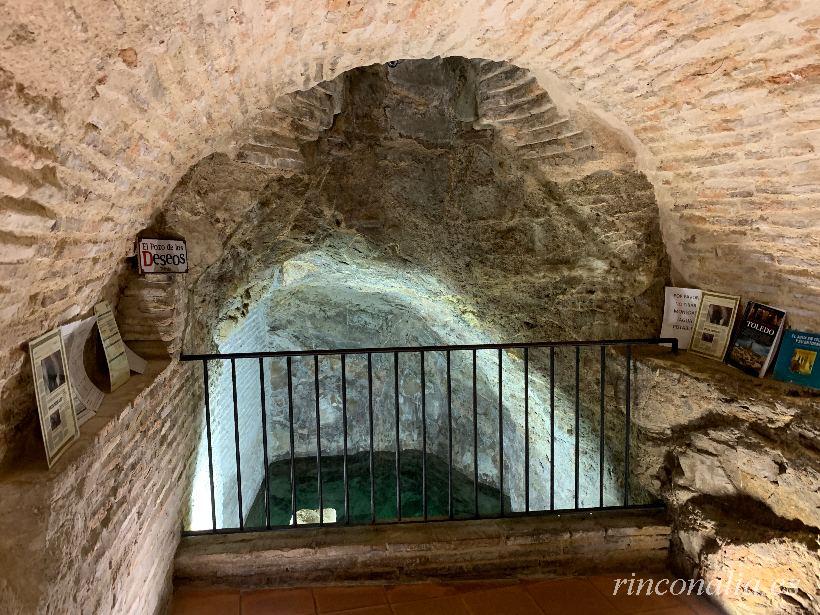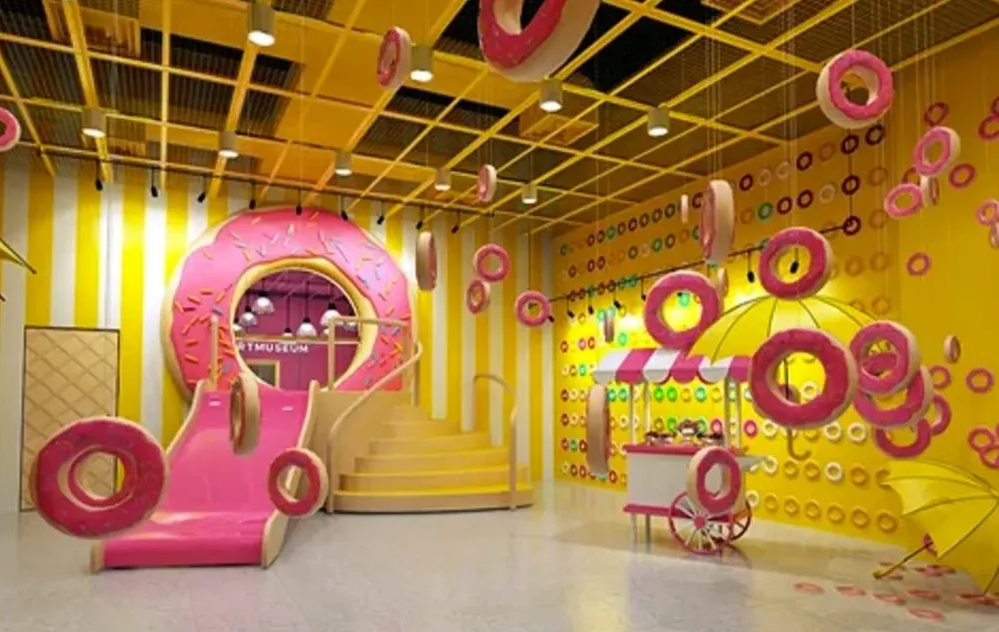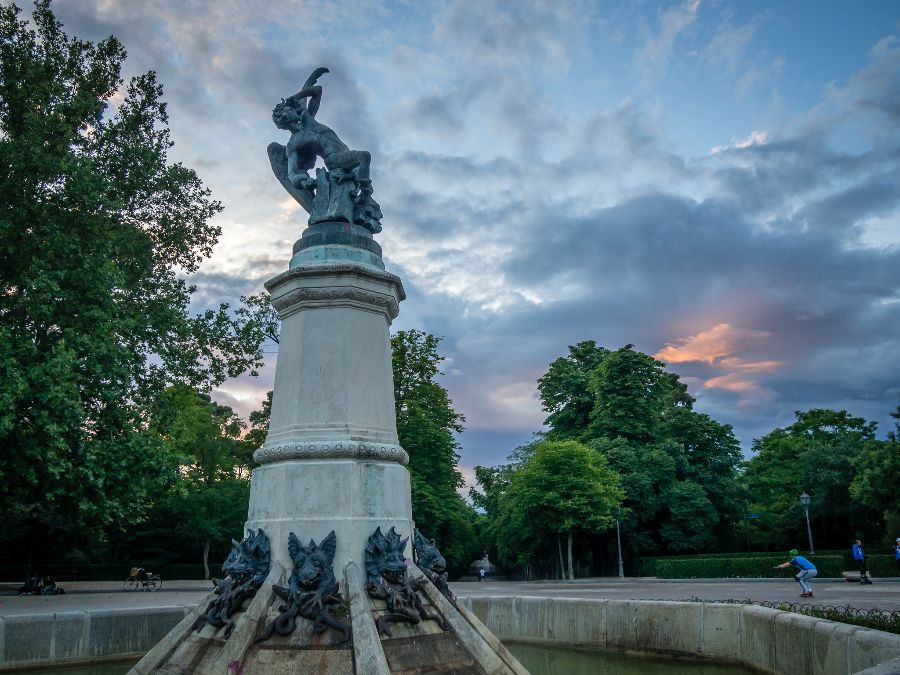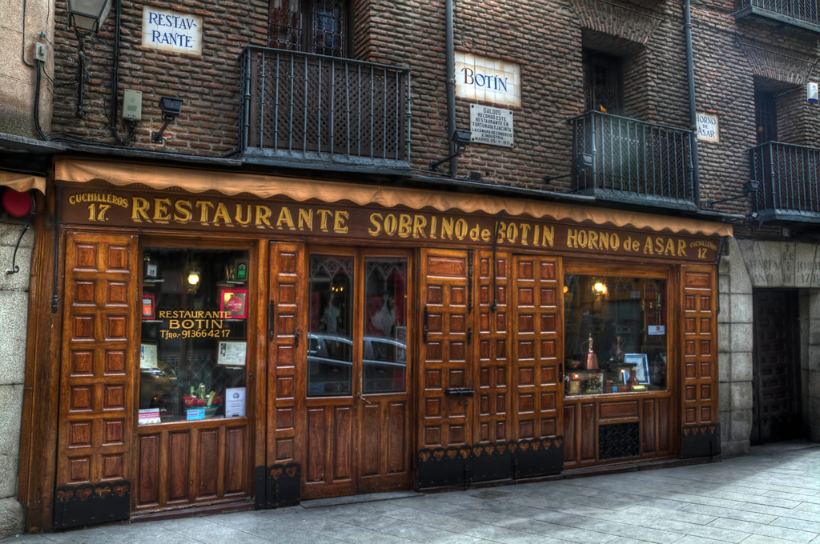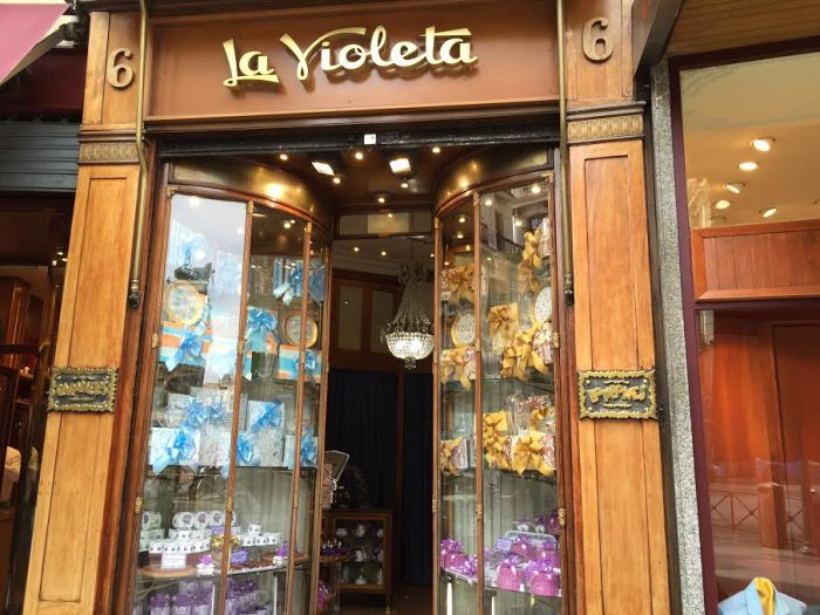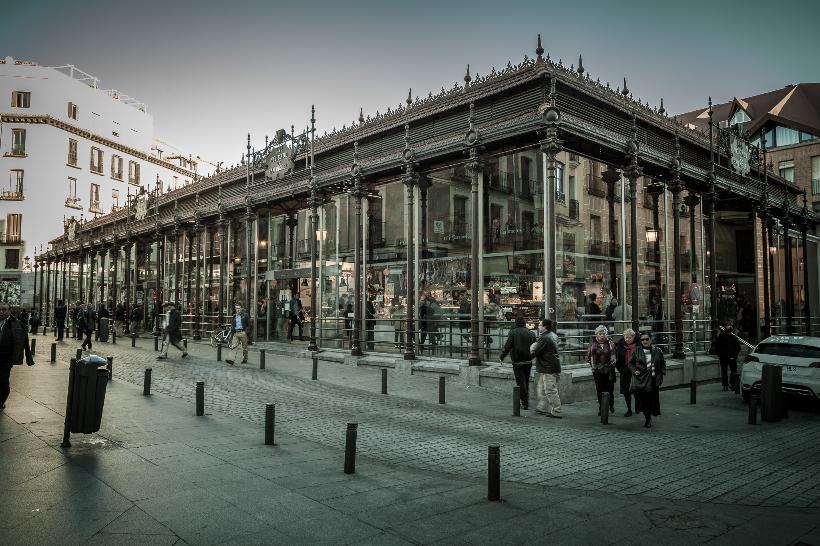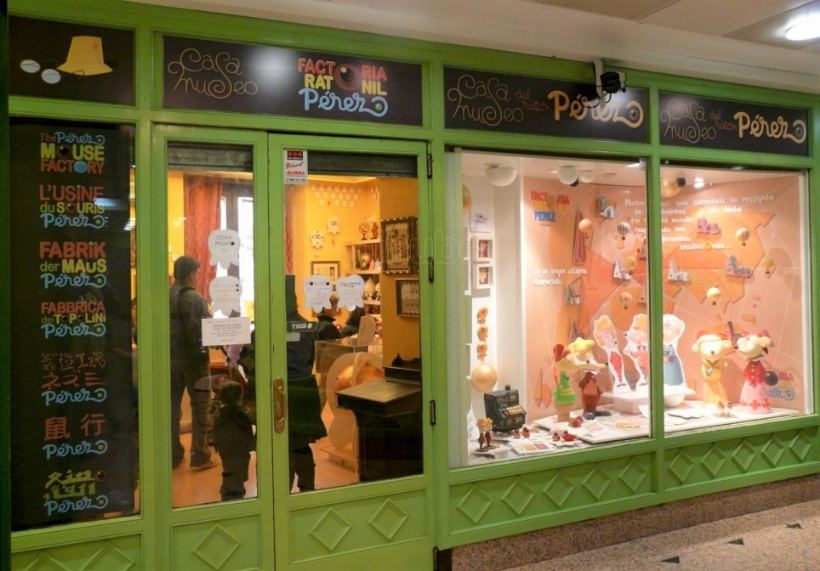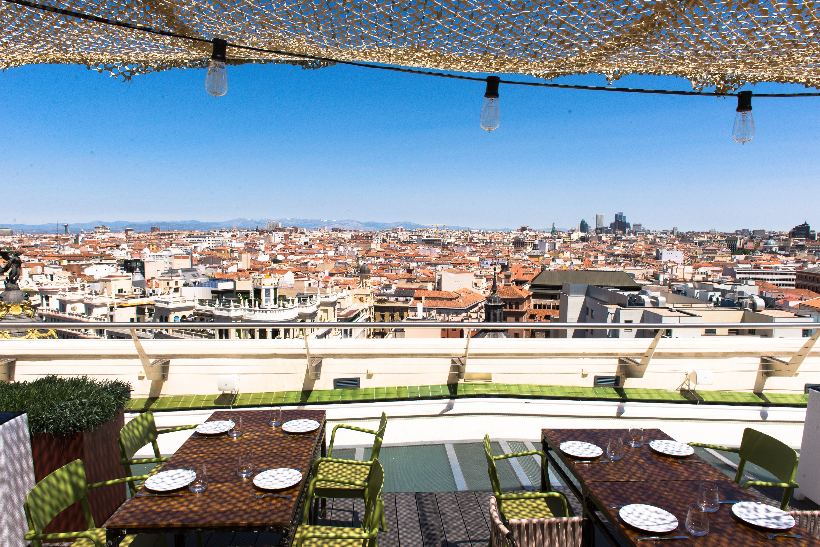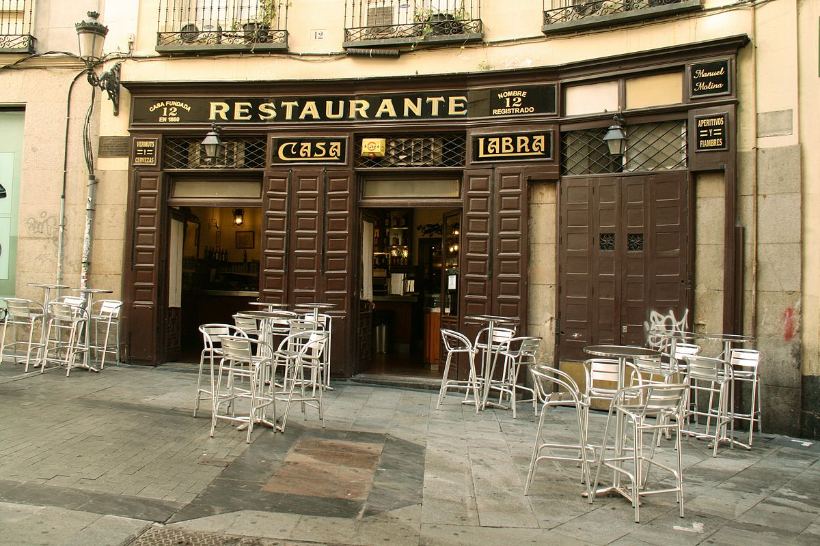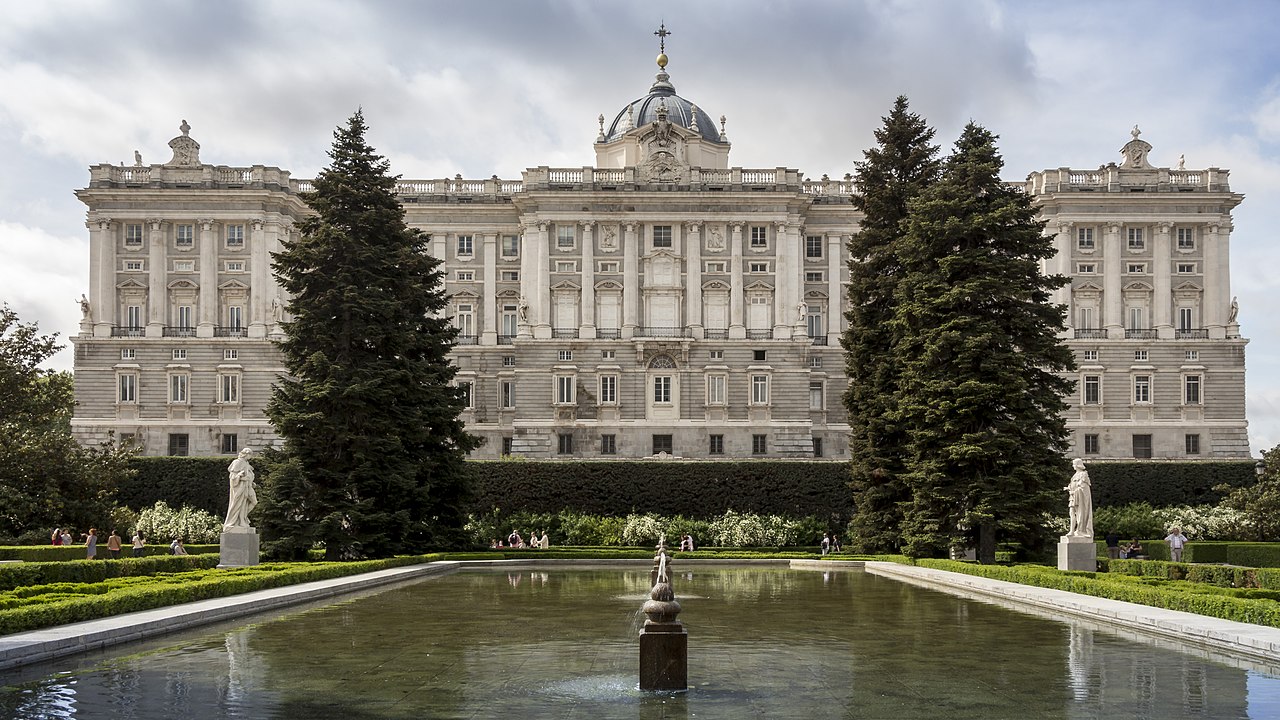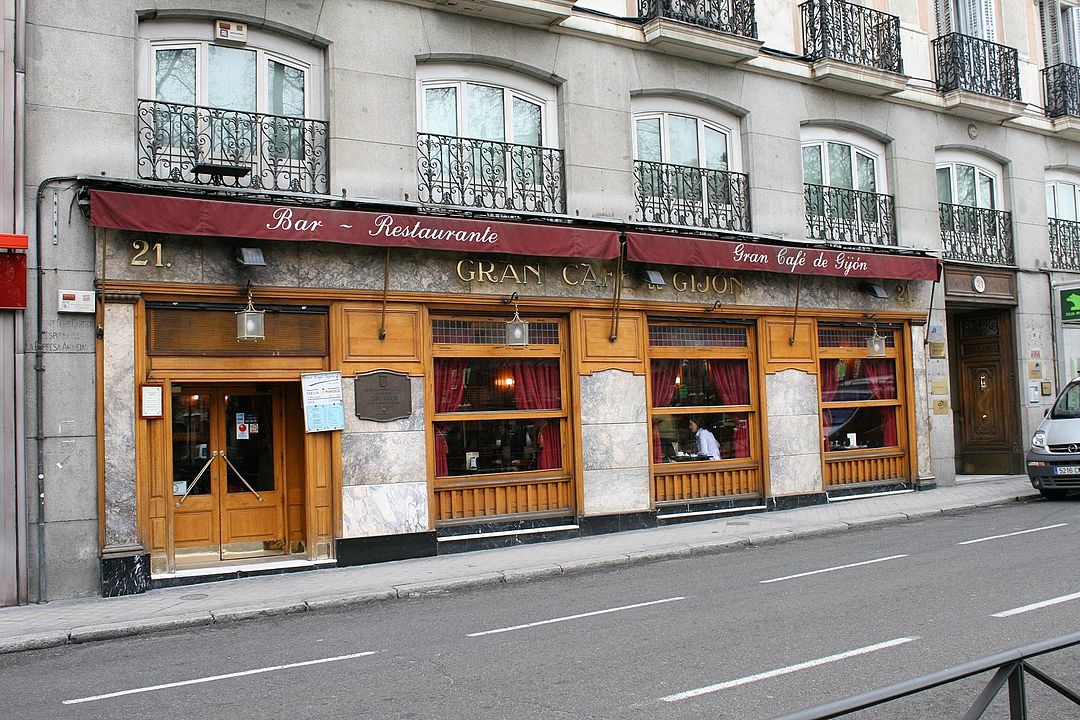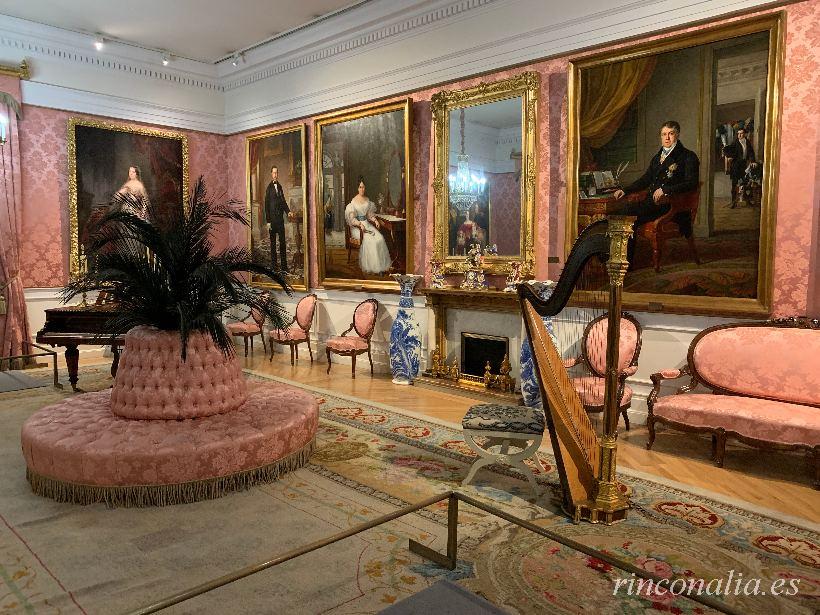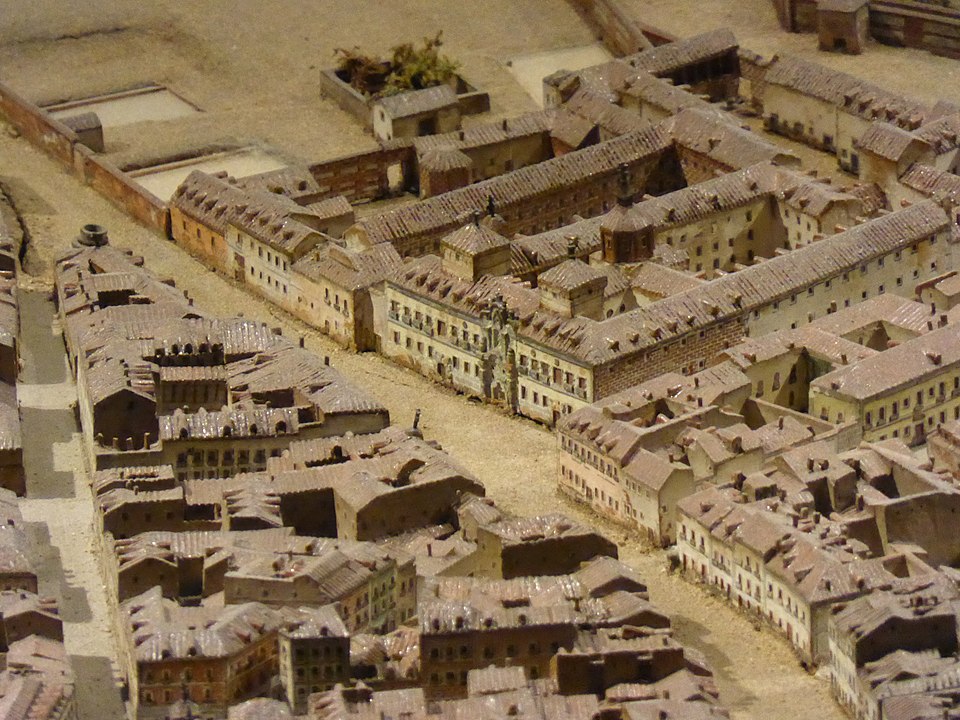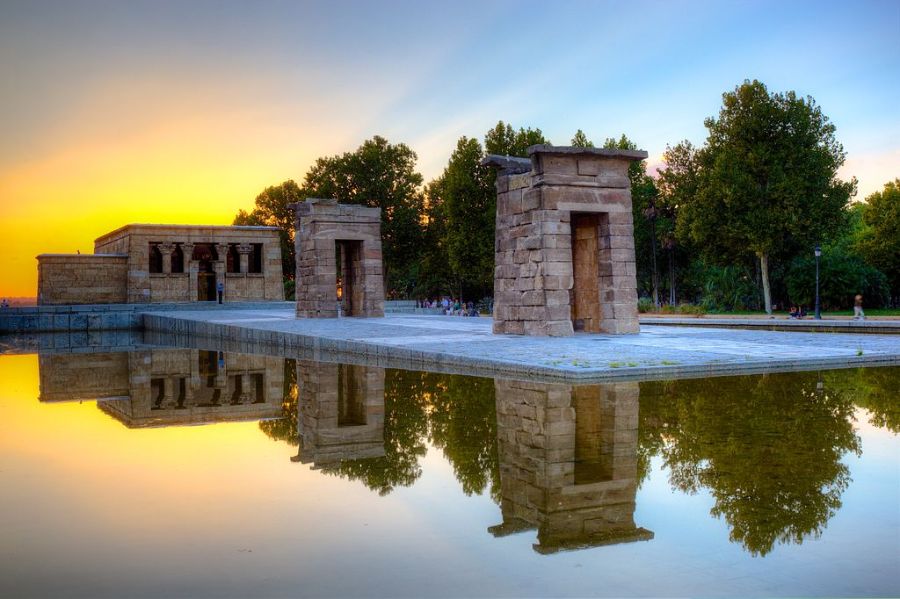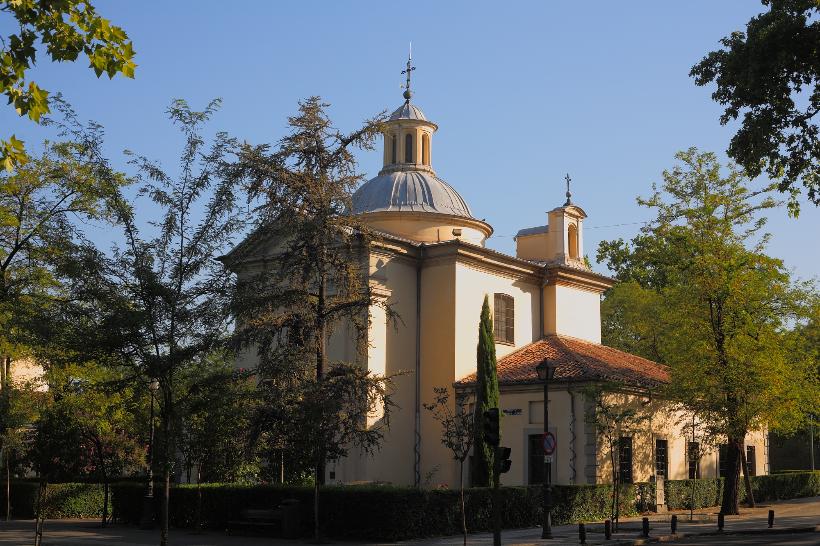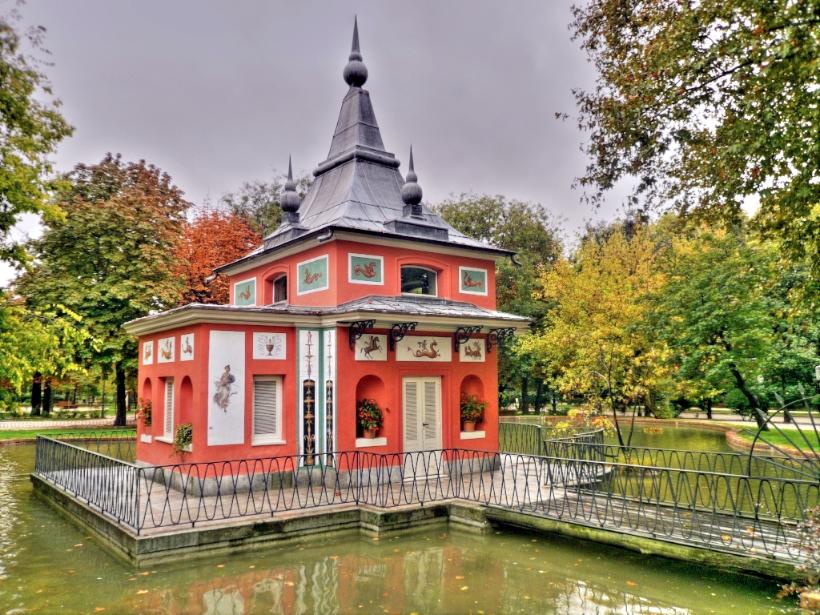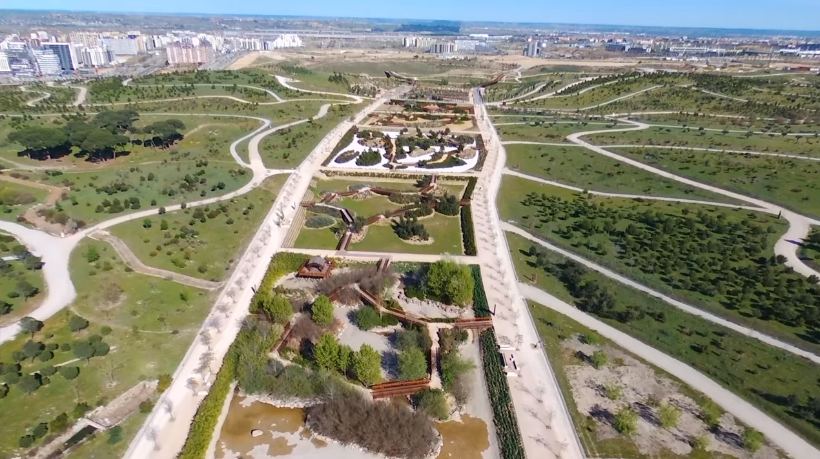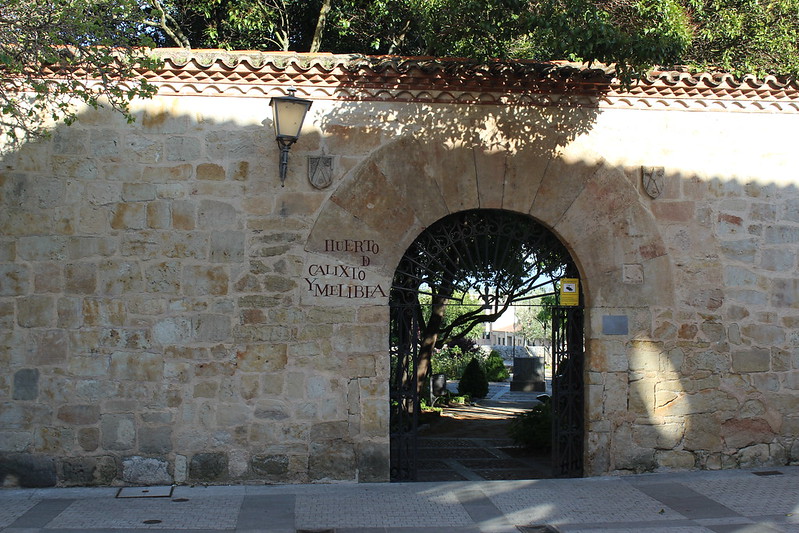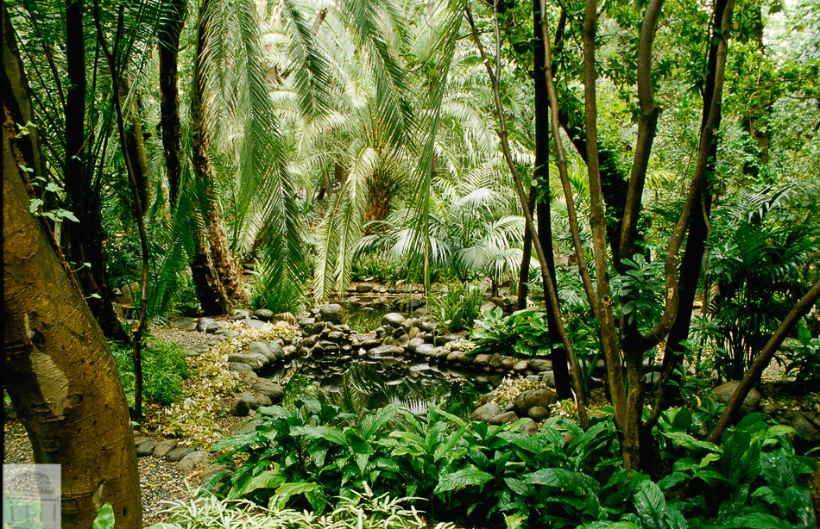Gardens of the Royal Palace of Aranjuez: Fountains and Statues for Strolling and Contemplation
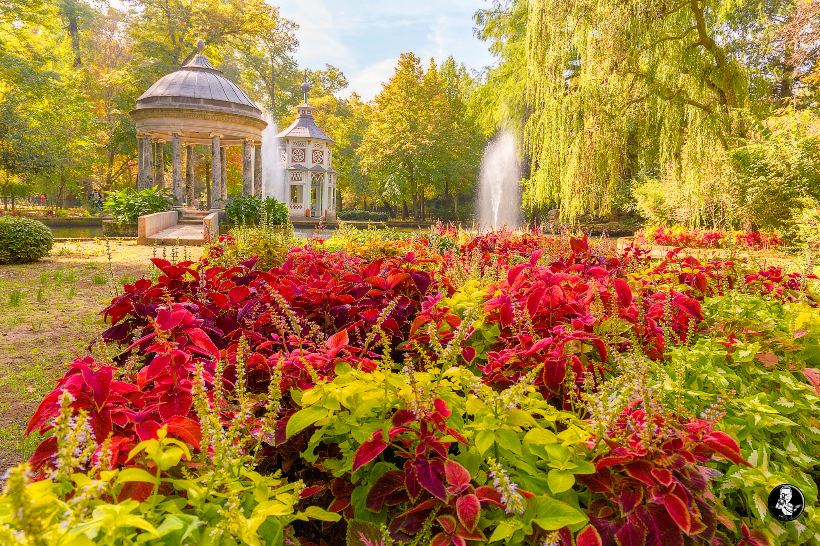
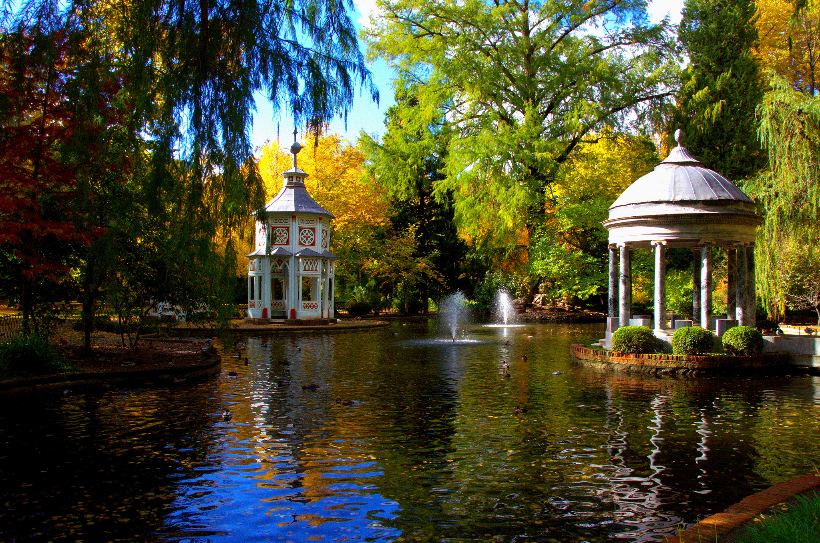
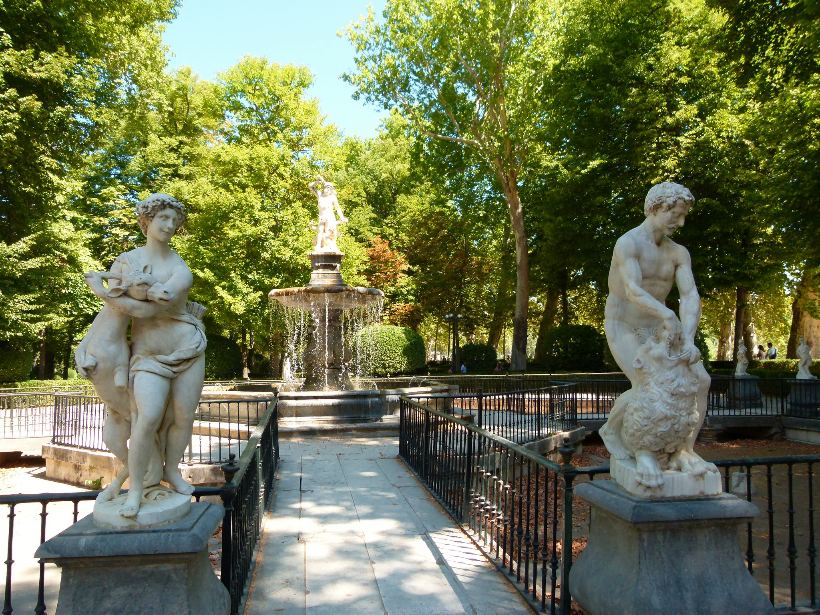
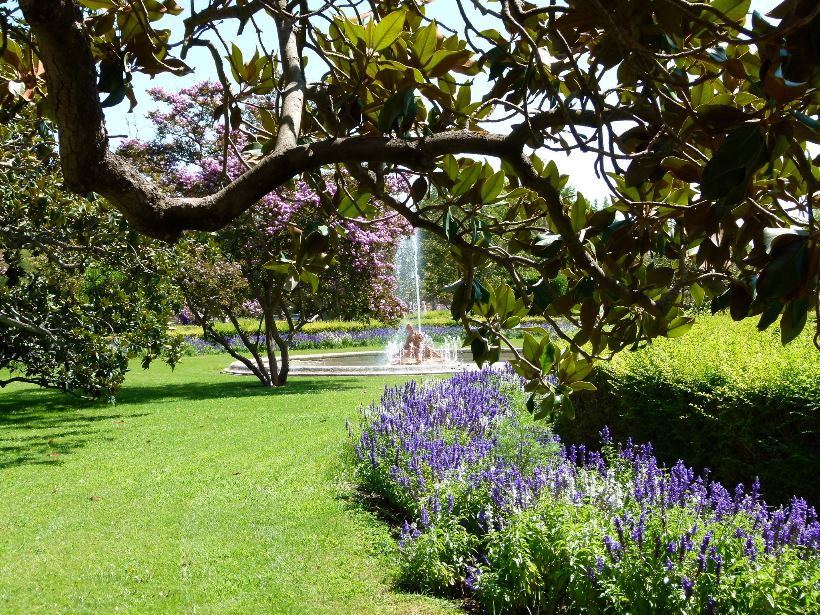

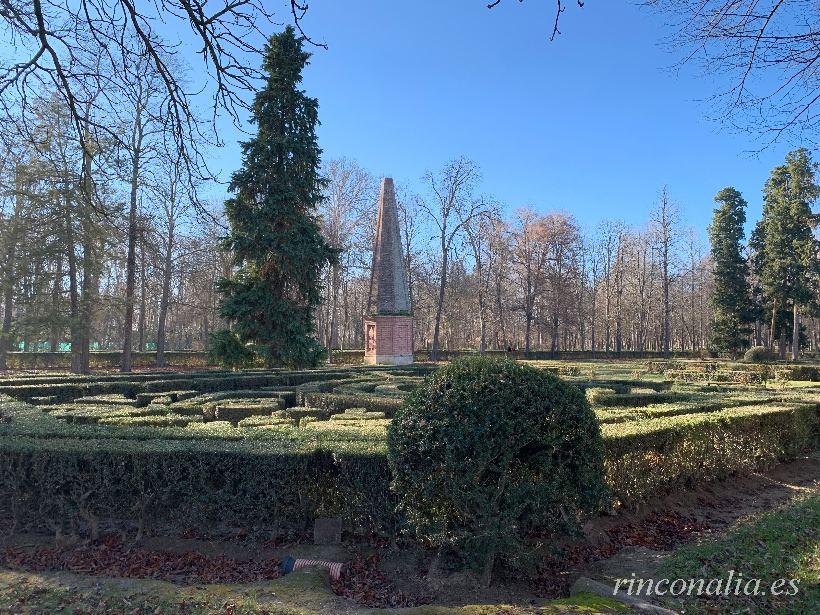
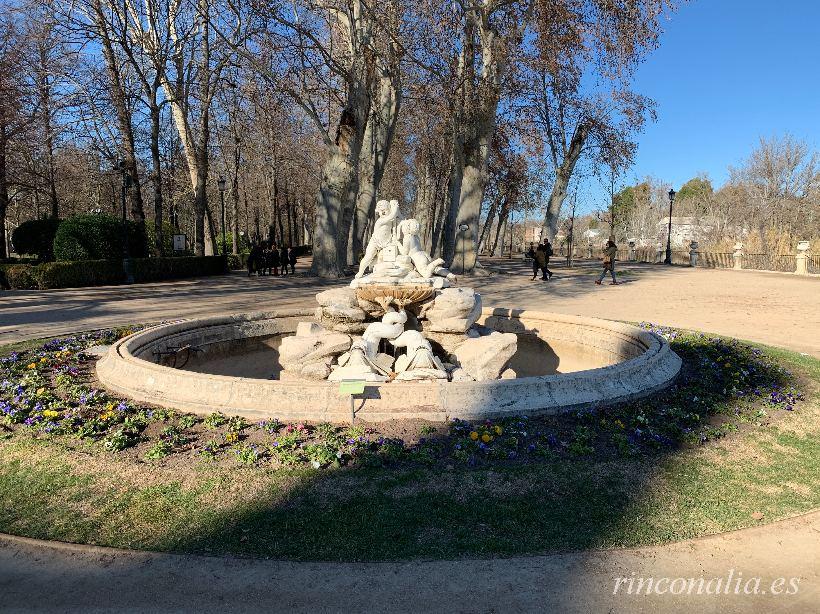
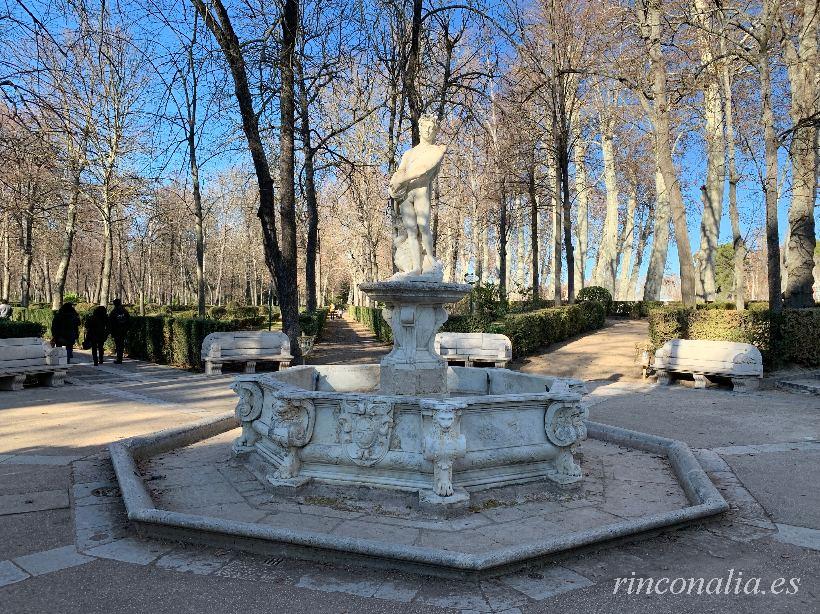
Actualizado el
Along the banks of the Tagus River, the Gardens of Aranjuez unfold a series of landscaped parks, fountains and statues inviting leisurely walks and quiet reflection. These gardens form part of the Cultural Landscape of Aranjuez, a UNESCO World Heritage site since 2001.
Prince’s Garden
Designed in the English and French landscape style by order of Charles IV, this is the largest garden in Aranjuez:
- Area: 150 ha (7 km perimeter).
- Botany: diverse specimen trees including conifers, lindens, magnolias and exotic species.
- Royal Pavilion: built by Bonavía in 1754 as a pleasure house for the Princes of Asturias.
- Atmosphere: open meadows, lakes and classical sculptures creating a bucolic setting.
Parterre Garden
Linking the Royal Palace with the Casa de Oficios, Philip V commissioned this “Closed Garden” in 1727:
- Style: Mudejar and Renaissance influences.
- Layout: redesigned in 1746 with boxwood hedges and geometric flowerbeds.
- Decor: elegant fountains, urns and classical statues.
- Nearby: the charming El Rana Verde restaurant offers a perfect rest stop.
Island Garden
Surrounded on three sides by the Tagus and an artificial canal, this “Queen’s Garden” was laid out in 1560:
- Shape: island bordered by water.
- Design: Italo-Flemish inspiration with tree-lined avenues and symmetrical beds.
- History: once a favorite walking spot of Queen Isabella I.
Isabella II Garden
Known as the “Little Princess’s Garden” for its statue of Isabella II (a gift from Ambassador Brúñete), this intimate enclave features:
- Location: beside Plaza de San Antonio.
- Layout: grid of poplars and lindens.
- Views: framed palace balconies under a leafy canopy.
Wander through these four gardens—Príncipe, Parterre, Isla and Isabel II—and immerse yourself in centuries of landscape art, water features and royal heritage in one of Spain’s most harmonious settings.
How to get there
Los jardines están situados junto al río Tajo y al Palacio Real de Aranjuez. Aranjuez. Comunidad de Madrid.
Decimal: 40.036111°, -3.606667°
DMS: 40°2'10" N, 3°36'24" O
